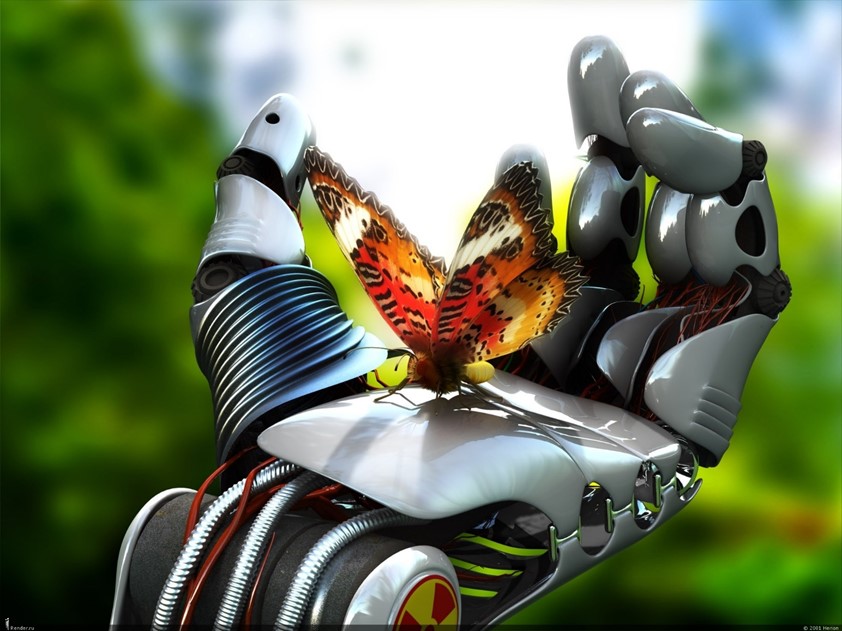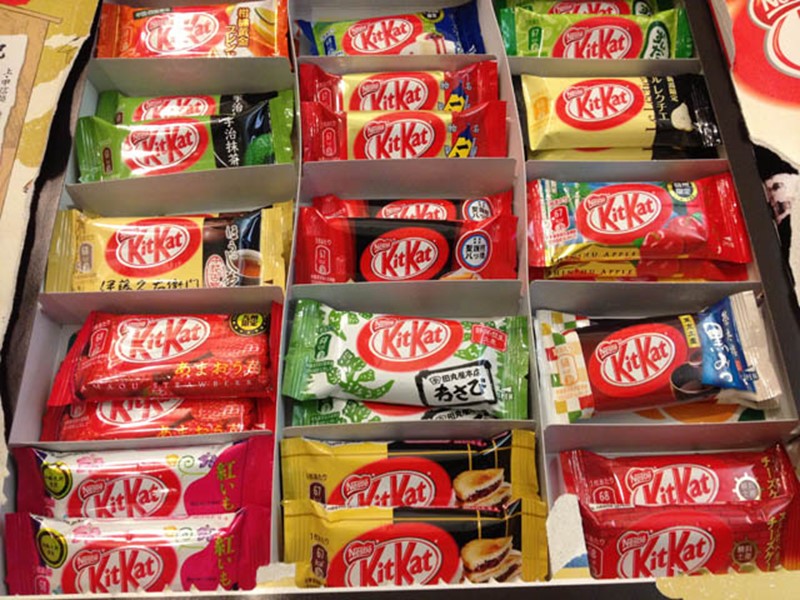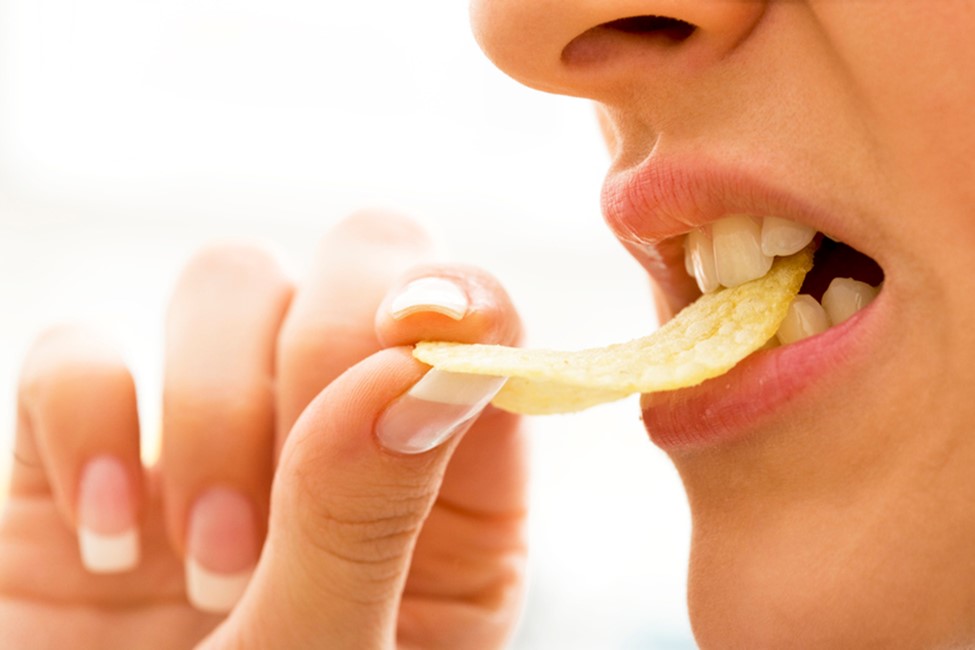Space Food
January 6, 2016 in Daily Bulletin

Christian Millman wrote about some of the unique challenges of providing food for space travellers:
- The first big step for human space exploration was proving, in 1962, that the human body could consume food in zero gravity.
- Later in the 1960s astronauts were sent with the freeze dried ice cream that is oddly popular in science stores across the world to this day. Astronauts, for their part, hated it so much that freeze dried space ice cream has never left earth again.
- More generally astronauts hated the food that they were being sent with enough that there was a mini-insurrection – an astronaut smuggled a corned beef sandwich into space in his space suit.
- The sandwich created a cloud of floating bread bits that led to Congressional hearings and a promise by NASA to prevent food smuggling in the future.
- Food boredom seems to increase dietary requirements. Even after upping daily calorie intake to 2,800 NASA found that astronauts were returning to earth having lost substantial amounts of weight.
- In 1973 Skylab, the predecessor to the ISS, had a menu of 72 items. NASA declared success when astronauts returned home weighing about the same.
- The next step is to find food that could survive a multi-year trip to Mars and still be considered edible by astronauts.
Read more about the dynamics of space food here.
Source: Discover









Join the Discussion! (No Signup Required)